(NADS) - The overall composition of the frame depends on the point of view from the camera position to the subject being recorded. The decision to require composition from the choice of shooting angle - the common method of creating images in photography.
" It is the shooting angle that determines the position of the compositional elements , their relationships , and their reflection on the background elements " - Duko Lidia Pavlovna - The female Doctor of Art, photography teacher of many generations of former Soviet cameramen and veteran Vietnamese cameramen, wrote so in The Foundations of Photography ( Page 17 ) .
The distance from the camera position first of all gives the possibility to change the size of the image, it is magnified with the camera position near and decreases with increasing distance from the camera position to the subject of the recording. Therefore, the choice of shooting distance depends on the size of the image that the photographer wants to show, that is the size of the scene. With the camera at a determined distance and a lens with a pre-selected focal length, the photographer will show the viewer a part of a space - a landscape, a large scene of a crowd or an activity in front of the camera, the whole body of a character or just a face. Approaching or moving away to take a picture is a very simple task for the photographer but is a very important task in terms of his image and ideas. In essence, choosing the size of the scene is the beginning of forming the future photo, the initial basis of the composition.
1. Overview
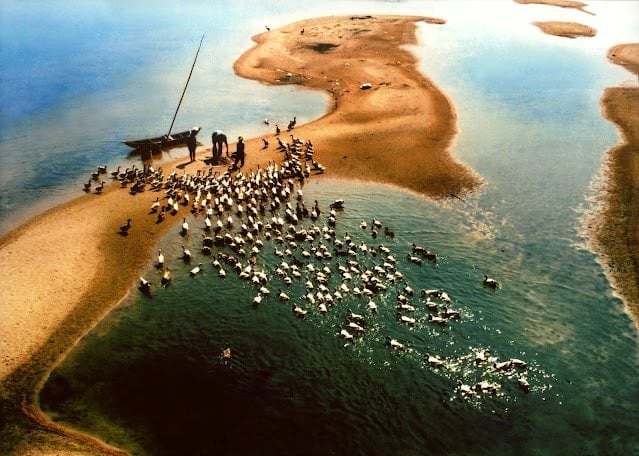
Taken from a distance, "with a considerable space, showing the images in a general view" (LP Duco Book, page 18) Panoramic size is often used to photograph landscapes, architecture, factories, farming, rallies, marches, meetings with large numbers of participants. Panoramic can still be done at close range with a short focal length lens with a wide angle. Besides the overall view and spatial feeling conveyed to the viewer, panoramic has the limitation that the scene lacks clarity and cannot convey specific details in it, which are sometimes very important and interesting.
The weakness of the panorama will be the strength of the medium shot, close-up and close-up. The panorama gives the viewer an overall view of the subject being photographed, more specifically the entire character or group of people. In these cases the characters in the photo and their actions are more clearly seen with their clothes, hand-held objects as well as their attitudes and emotions. This narrow panorama size is more limited in space because the size of the characters in the frame is larger due to the close-up shooting distance or when the authors use a long focal length lens to narrow the distance to the characters far from the camera.
The photo above is an example of a panoramic shot with a bird's-eye view showing the scale of small characters in a large space. The panoramic shot has the advantage of depicting space, environment and the interaction between the environment and the subjects that the photographer wants to depict. Nowadays, the panoramic shot with a bird's-eye view is widely used when photographers equip themselves with simple drones.
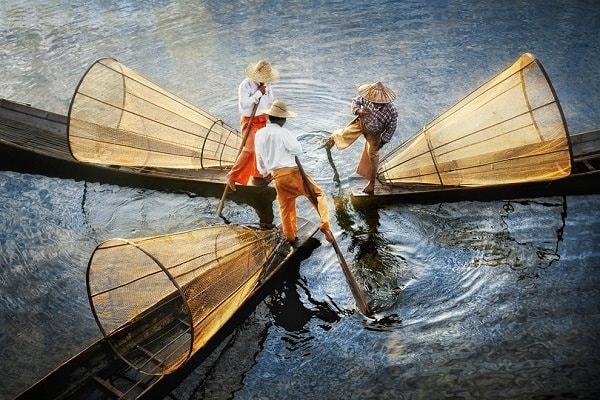
2. Middle scene:
If the photographer has a different goal, it is necessary to present a specific person with his own state and nuances, he needs a different frame size. The medium frame shows a more specific scene with a closer distance with the image size of the person and the objects in the scene more clearly. All that makes this frame size especially popular in the field of portrait photography, reportage photography genre. The medium frame is rich in information, in that frame there is a human face with mood, attitude, posture, state of the characters...
The middle ground may include a large portion of the image plane of a person or group of people while still containing within that space the basic elements of the composition such as the background, elements of the situation, time, and objects related to the characters.
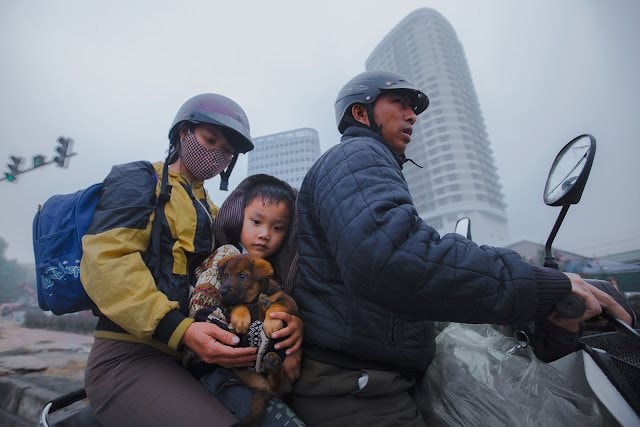
In the photo above, a family is walking on the street in the city. The father is driving the motorbike, his eyes are watching the road and his index finger is always touching the brake. The child sits in the middle, holding the dog tightly with a sad expression when he has to give it away. The mother's hand and her gaze seem to want to comfort both of them. The city background and the clothes of the characters in the photo indicate the cold time, the clothes wrapped in front of the motorbike and the backpack on the wife's back show that this small family is starting to leave the city to go home to celebrate Tet. Although the space of the medium shot is not much, it contains a lot of information. Thanks to the photographer's choice of shooting distance and appropriate scene size, the viewer feels like they are right next to the characters, clearly understanding the circumstances of the events and phenomena.
3. Close-up:
Another way to call it is close-up. The camera position is closer to the subject, limiting the space and making the subject image size larger, creating a close-up. The concept of close-up in photography seems to have an advantage with portrait photography when the character's mood and personality are exploited by the photographer on the subject's face.
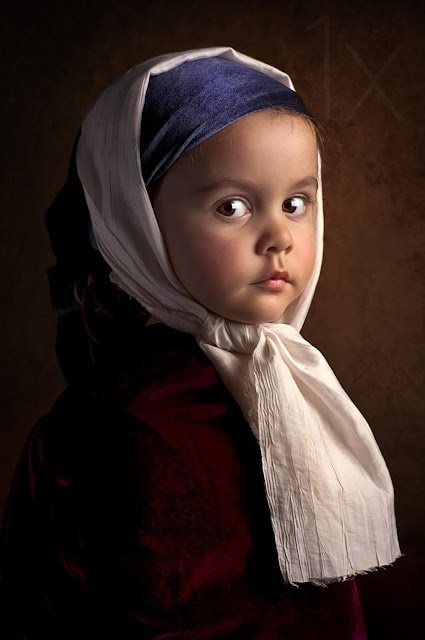
"Close-up always delimits small space, so in the picture we see mainly the human face, part of the shoulders and these components. Close-up allows to create a specific human form, provides the maximum degree of individualization, shows the richness and diversity of his facial expressions and through this appearance to open up the inner nature, psychology, mood, the world of the human soul" - Duko Lidia Pavlovna (Fundamentals of photographic composition, page 20). Because the insignificant space of the close-up has excluded most of the environment. However, typical situations from the details.
"Close-up allows to create a specific human form, provides the maximum degree of individualization, shows the richness and diversity of his facial expressions and through this appearance to open up the inner nature, psychology, mood, the world of the human soul" - Duko Lidia Pavlovna (Fundamentals of photographic composition, p. 20). Because the insignificant space of the close-up excludes most of the environment. However, typical situations from the details.
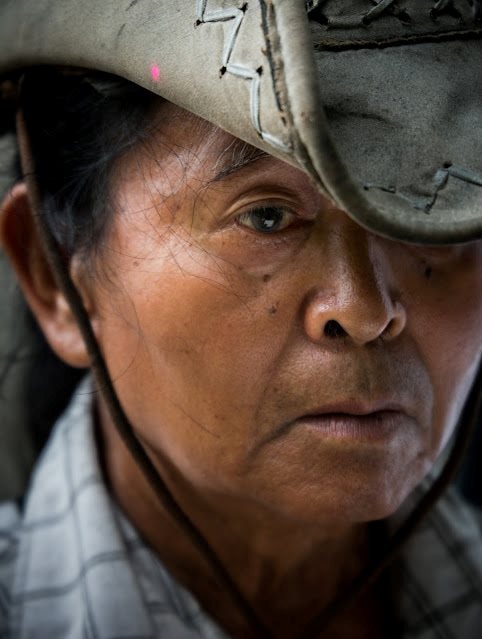
The life of the model, the human soul, the nature of the appearance, posture, gestures are what help to express the words, the expression of emotions as well as the inner state of the person. Grasping accurately and promptly into the composition of the frame a rare gesture will strengthen the expression of the portrait. The calculated direction of the character's gaze always creates a space within the frame of the portrait image.
The limit of the maximum close-up can be narrow close-up - macro close-up, sometimes exaggerated to the point of not being intact the face and part of the body. At a closer point of view and limited in the minimum image space frame, aiming at a separate element of the image object (detail) or a part of the whole image where the author wants to attract the attention of the point of view to something more important. These shots are often called close-up - close-up. This shot is emphatic, exaggerated to explore deeper, stronger characters, with the intention of the photographer.
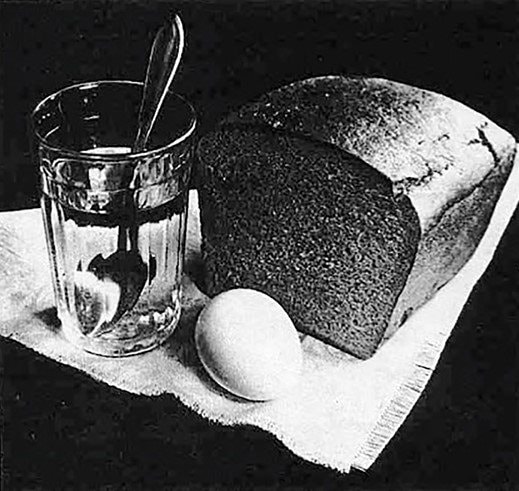
Details or parts of the whole object are brought into the frame with the purpose of presenting the viewer with an overall image. These are parts and details that are specific and typical. The super close-up size of the detailed close-up is often used more in still life photography, a genre that often has parts separated from an interior space or landscape... It can be an object, a group of objects that speak of human life, an important part of architecture such as the clock face on an ancient tower, a dragon head on the roof of a communal house... In addition, the close-up size also focuses on the detailed parts of the human body, for example: eyes, hands, feet.
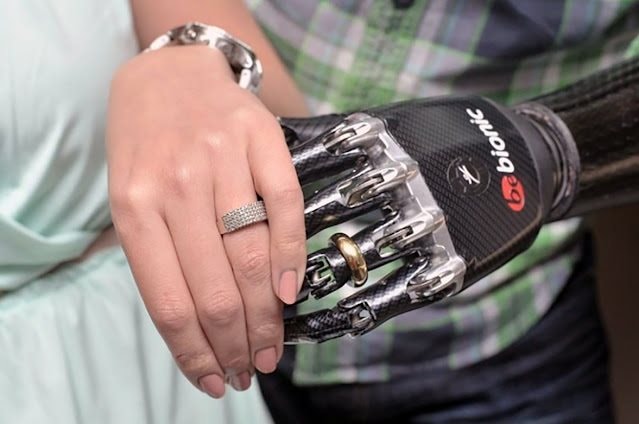
Above is one of the touching photos of 2013 that was widely shared on electronic newspapers around the world . In the photo is a close-up of a couple's hands with two wedding rings, one of which is placed on a finger in the prosthetic hand of the disabled groom. Although the two people cannot be seen, viewers can still imagine their faces immersed in happiness.
Excerpt from the work "Structure and space of photographic frames" - Author Pham Thanh Ha"
Source: https://nhiepanhdoisong.vn/co-canh-cua-khuon-hinh-nhiep-anh-15511.html


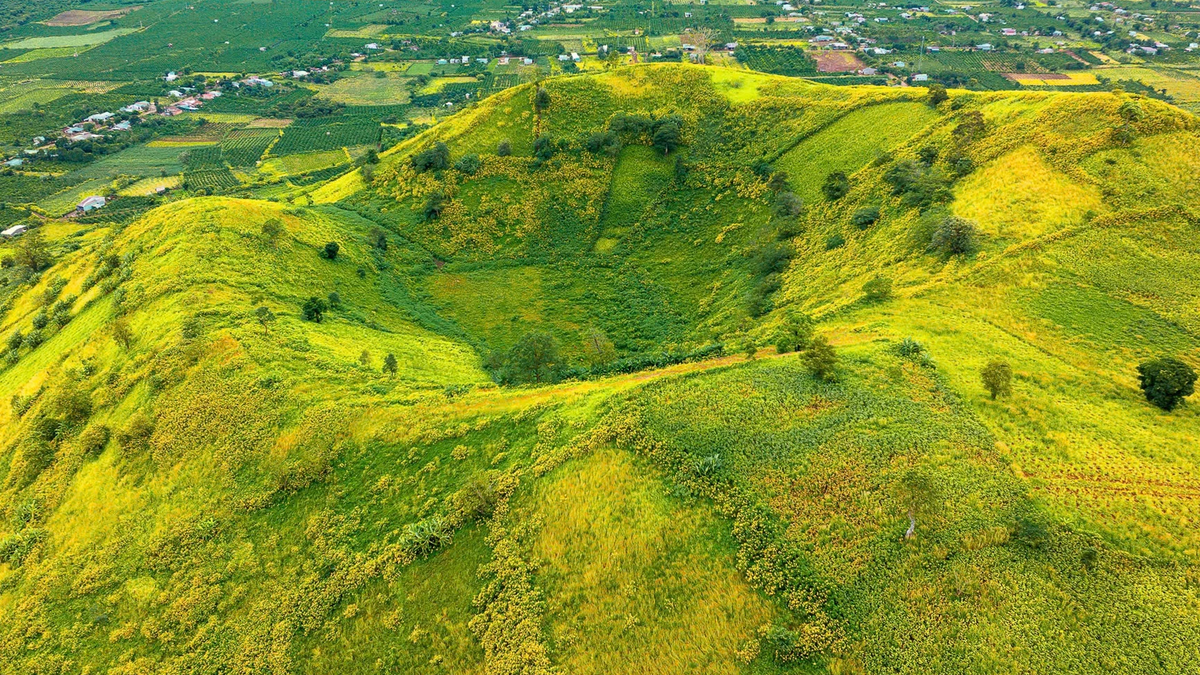
![[Photo] General Secretary To Lam visits Long Thanh International Airport Project](https://vphoto.vietnam.vn/thumb/1200x675/vietnam/resource/IMAGE/2025/11/13/1763008564398_vna-potal-tong-bi-thu-to-lam-tham-du-an-cang-hang-khong-quoc-te-long-thanh-8404600-1261-jpg.webp)


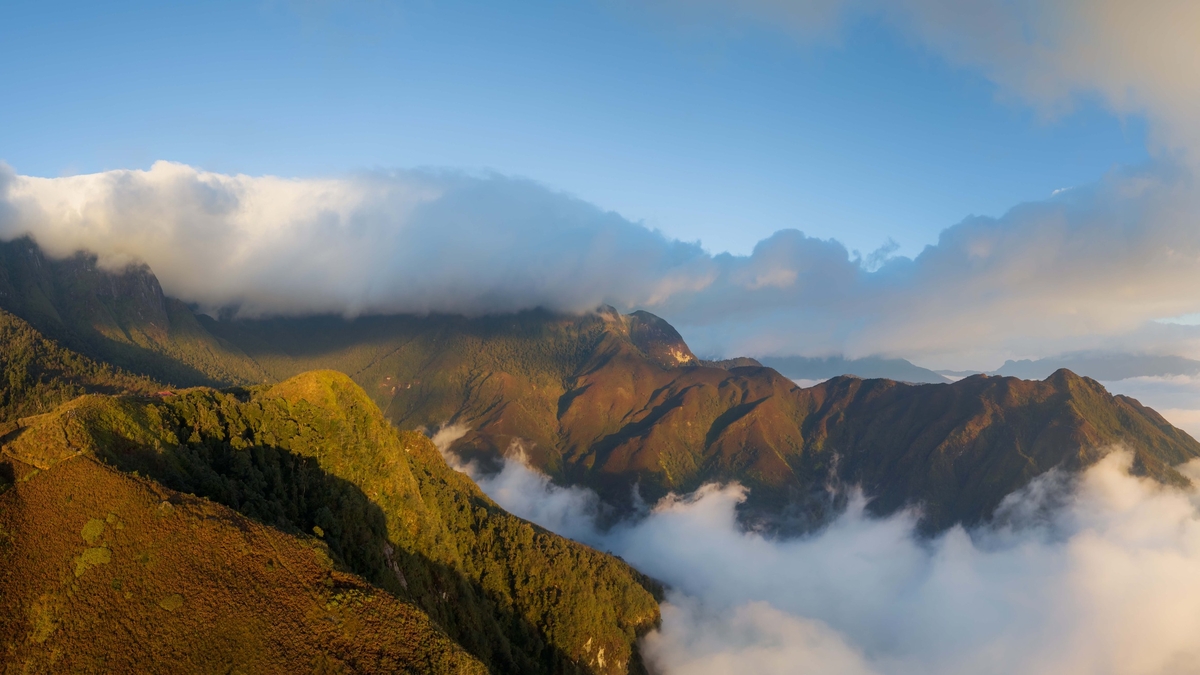

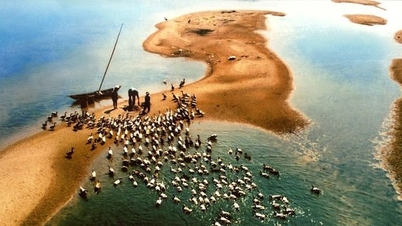


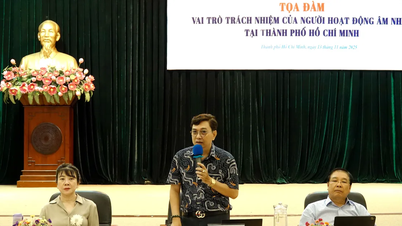

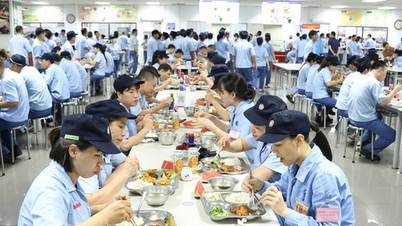

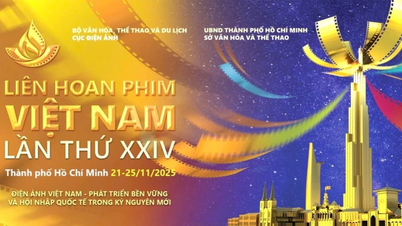

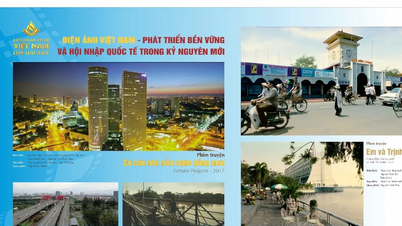
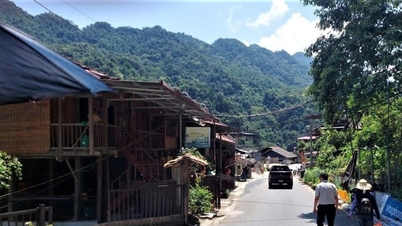
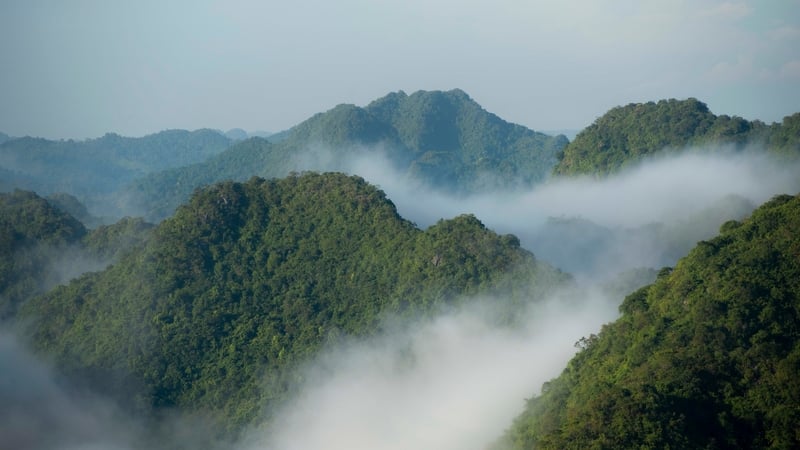
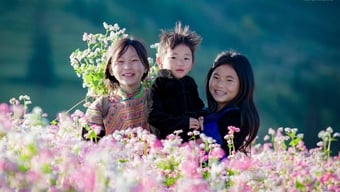



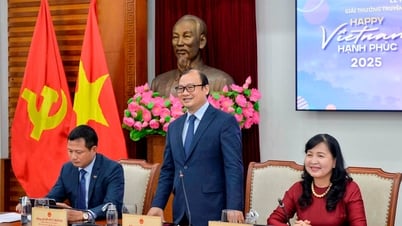
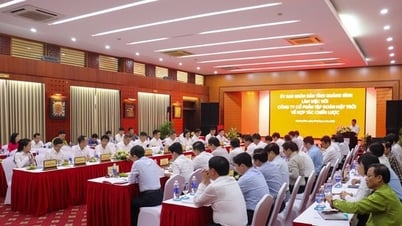
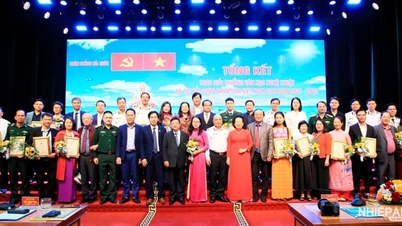




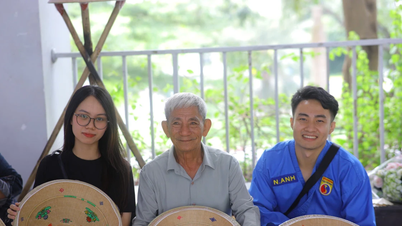





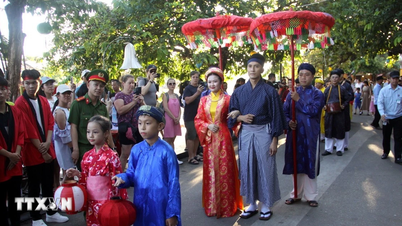


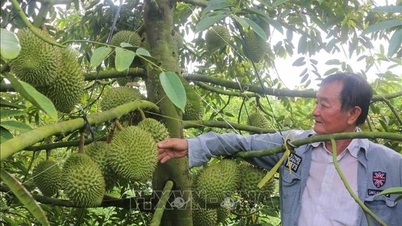



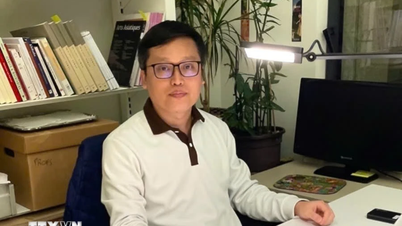
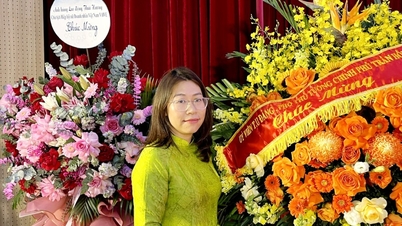
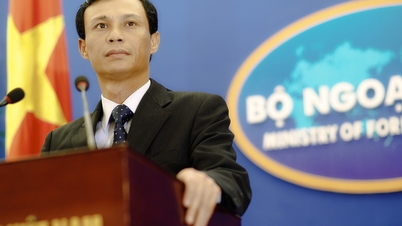



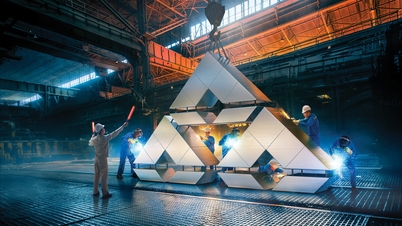

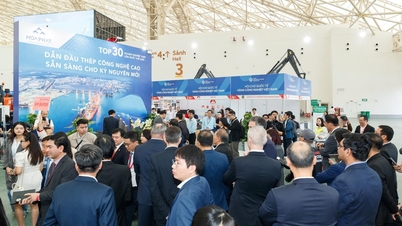
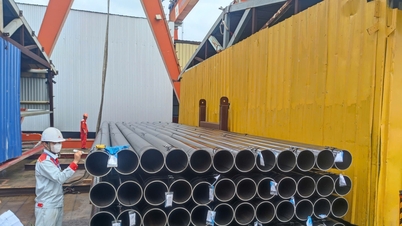
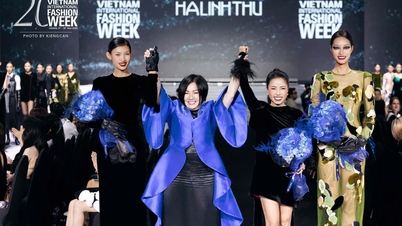















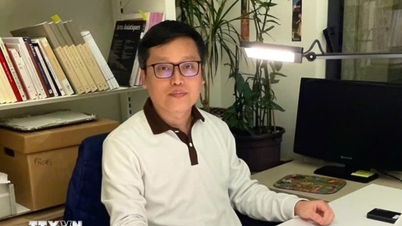


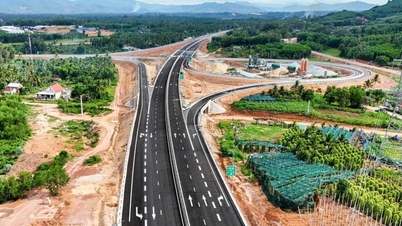
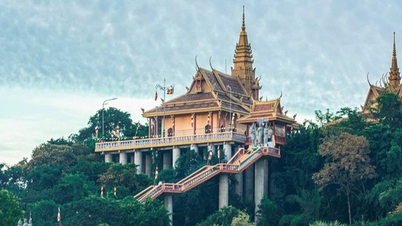



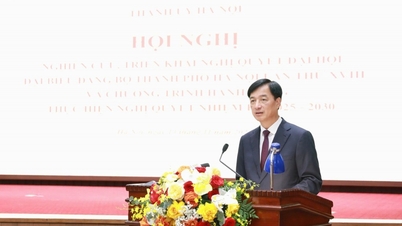


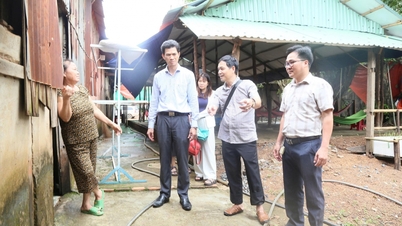



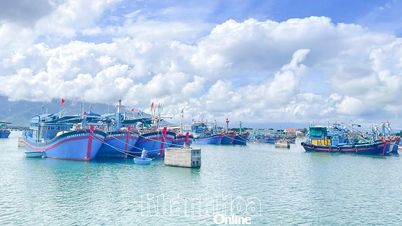

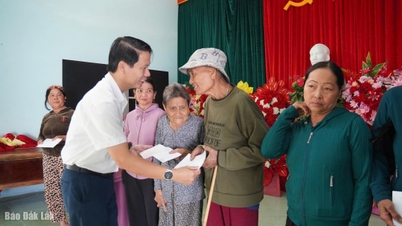
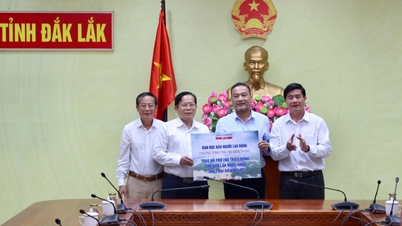
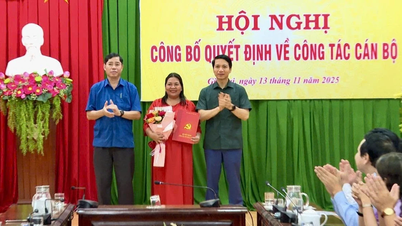






![Dong Nai OCOP transition: [Article 3] Linking tourism with OCOP product consumption](https://vphoto.vietnam.vn/thumb/402x226/vietnam/resource/IMAGE/2025/11/10/1762739199309_1324-2740-7_n-162543_981.jpeg)




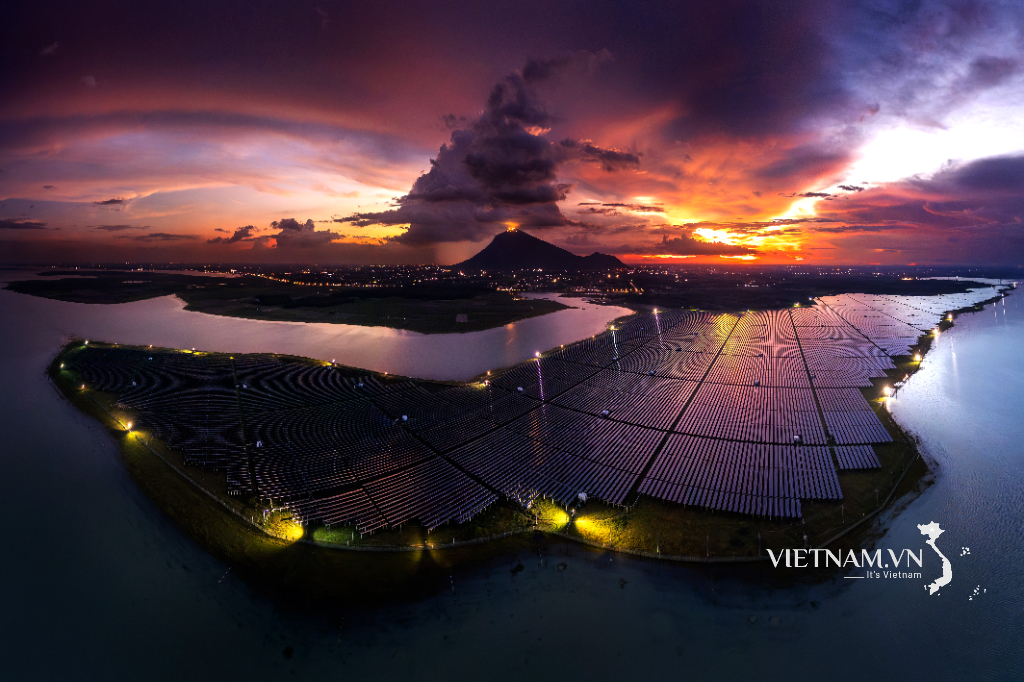


Comment (0)